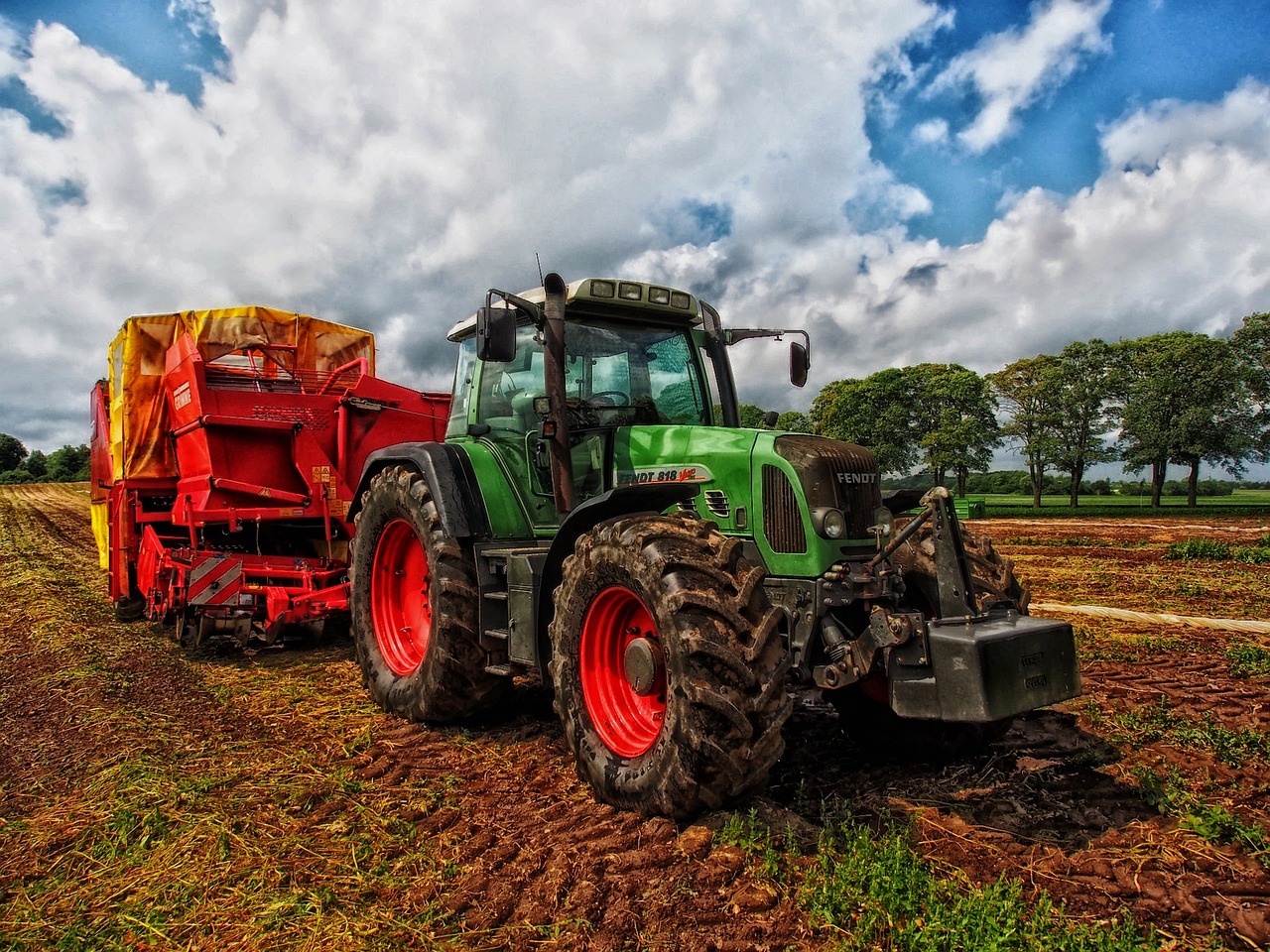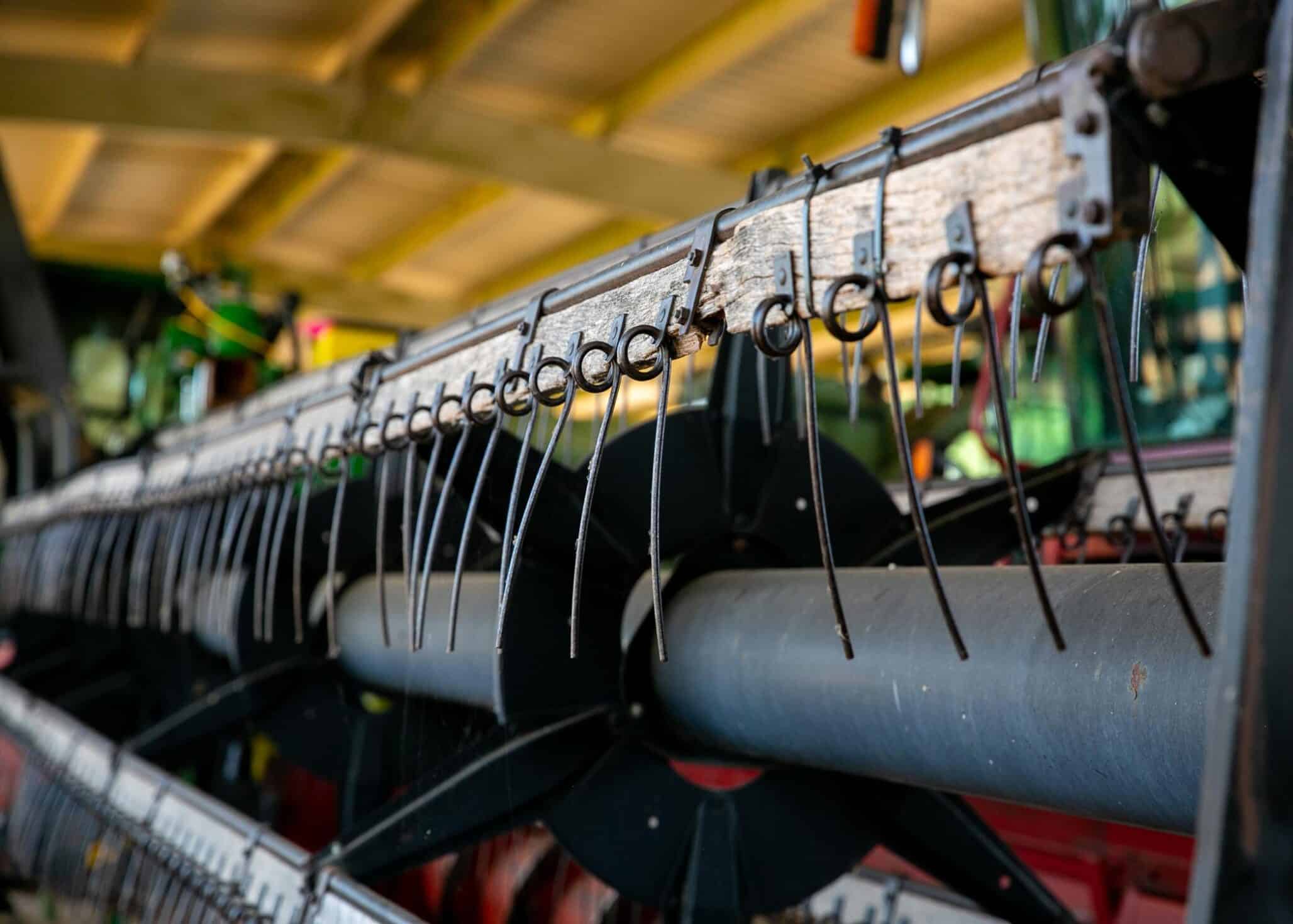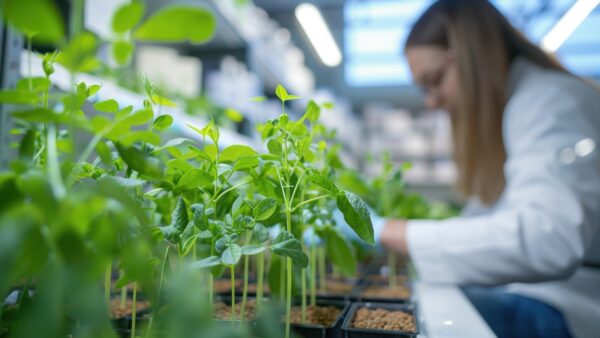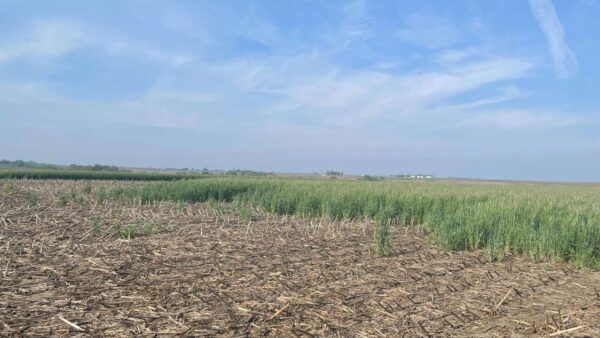American Farm Bureau Federation economist Daniel Munch says the USDA’s December 2024 farm income forecast highlights another difficult year for American agriculture, with net farm income down nearly 23% from 2022.
The USDA’s December 2024 farm income forecast underscores the ongoing financial challenges faced by U.S. farmers. With net farm income projected at $140.7 billion for 2024, a 4.1% decline from 2023 and a 22.6% drop from the peak of $181.9 billion in 2022, the outlook offers little relief for producers. Though there’s a slight improvement from the September projection, concerns persist as farmers grapple with mounting pressures heading into 2025.
When adjusted for inflation, the situation worsens, with net farm income expected to decline by $9.5 billion (6.3%) compared to 2023. While the forecast remains above the 20-year average, it paints a grim picture, particularly for crop producers. These farmers face significant revenue declines amid falling commodity prices, reduced global demand, and increased international competition.
Crop Receipts: Declines Deepen
Crop producers are expected to bear the brunt of the downturn, with total crop receipts for 2024 projected to fall by $25 billion (9.2%) to $246.2 billion. While this is an improvement over the $27.7 billion drop predicted in September, it marks the second consecutive year of major losses. Corn receipts are expected to plummet by $16.6 billion (20.8%), while soybean receipts are forecast to decrease by $6.9 billion (12.3%). Cotton farmers face a particularly dire forecast, with receipts expected to decline by $1.9 billion (26.9%).
Although some sectors, such as vegetables and melons, are seeing slight gains — up $1.7 billion (6.7%) — these are insufficient to offset the broader declines. Declining prices for major crops, along with rising costs for labor, interest, and other inputs, continue to pressure producers.
Sharp Contrasts in Commodity Profitability
USDA’s Farm Business Average Net Cash Income metric reveals stark disparities in profitability across commodities. Farm businesses focusing on soybean production are seeing a 44% drop in net cash income, while those in wheat and corn face declines of 43% and 42%, respectively. In contrast, businesses specializing in cattle and calves have experienced a remarkable 154% increase, with poultry operations seeing a 31% rise in income. Dairies, after a sharp decline in 2023, are poised for a 19% increase over 2022.
Diminishing Government Payments
Direct government payments are expected to decline by $1.7 billion (13.6%) in 2024 to $10.6 billion, largely due to lower Dairy Margin Coverage payments and reduced ad hoc disaster assistance. This decline further compounds the financial struggles of farmers, especially as disasters like hurricanes continue to affect crop and rangeland losses.
High Costs Persist Despite Expense Relief
Though total production expenses are projected to fall by $8 billion (1.7%) in 2024, this decline is largely due to lower feed, fertilizer, and fuel costs. Rising expenses in labor and interest, however, continue to strain farmers. Labor expenses are expected to rise by $3 billion (6.1%), while interest expenses will increase by $1.8 billion (4.1%), driven by higher debt levels and persistent interest rates.
Farm Sector Equity and Debt on the Rise
Despite a drop in net farm income, farm sector equity is expected to rise by 5.2% to $3.68 trillion in 2024. This growth is attributed to increases in real estate values, which now account for 84% of total farm assets. However, farm sector debt is also on the rise, projected to increase by 4.5% to a record $542.5 billion. While the debt-to-asset ratio is expected to improve slightly, a 6.9% decline in working capital highlights the ongoing financial strain faced by farmers.
Conclusion: Agriculture’s Volatility Continues
The USDA’s December 2024 farm income forecast paints a picture of continued volatility in U.S. agriculture. Despite slight improvements, farmers remain in a precarious financial position, with crop producers especially hard-hit. Rising costs, diminishing government support, and stagnant commodity prices leave little hope for immediate relief. As the farm bill continues to be debated in Congress, these figures emphasize the urgent need for reforms to support U.S. farmers.
Read Munch’s full report here.












